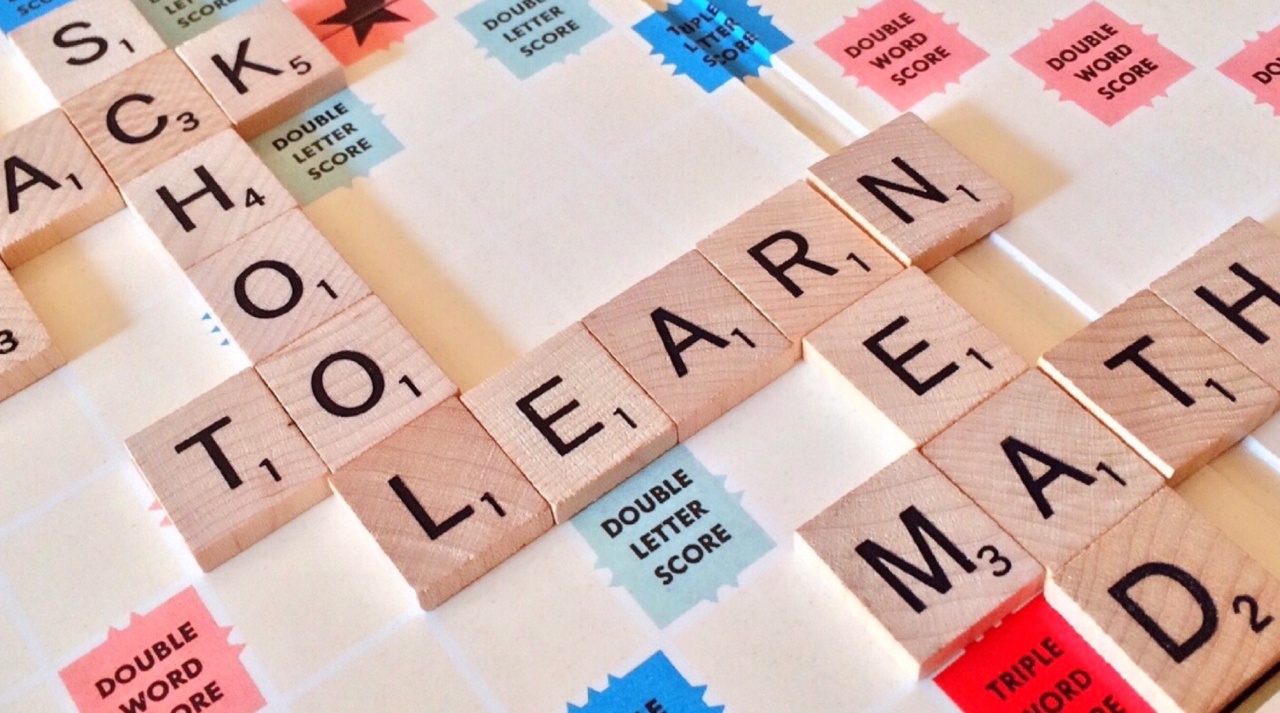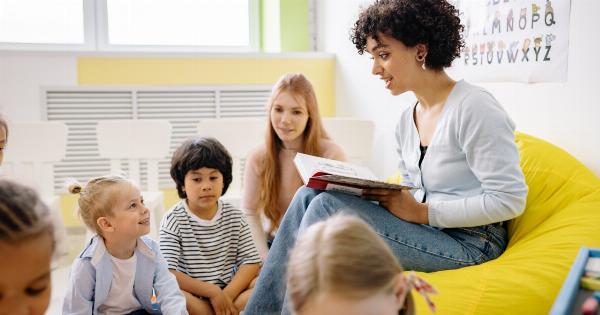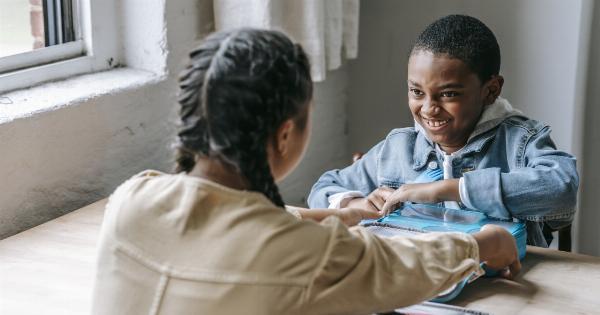Learning a new language can be challenging, especially for individuals with special needs. However, with the right approach and support, success in Special English learning is definitely achievable.
In this article, we will explore various strategies and techniques that can help individuals with special needs picture success in their English learning journey.
Understanding Individual Needs
One of the key aspects of supporting individuals with special needs in English learning is understanding their unique requirements.
Each individual may have different strengths and challenges, and it is important to tailor the learning approach accordingly. By recognizing their individual needs, educators and caregivers can design effective learning plans.
Visual Aids and Pictorial Representations
Visual aids and pictorial representations can significantly enhance learning for individuals with special needs. The use of images, graphs, charts, and diagrams can help in visualizing vocabulary, grammar rules, and sentence structures.
These visual cues provide a more concrete and tangible way to understand and remember new concepts.
Interactive Learning Tools
Utilizing interactive learning tools can make the English learning journey more engaging and interactive for individuals with special needs. Online platforms, educational apps, and interactive games are available to support English language development.
These tools offer a multisensory approach that caters to different learning styles and preferences.
Breaking Down Language Components
English learning can be overwhelming, particularly when faced with complex grammar rules, vocabulary, and pronunciation.
Breaking down the language components into smaller, manageable parts can help individuals with special needs grasp the concepts more effectively. By focusing on one aspect at a time, such as verb tenses or sentence structure, learners can gradually build their language skills.
Repetition and Reinforcement
Repetition and reinforcement play a crucial role in language learning for individuals with special needs. Regular practice and review of vocabulary, grammar, and language skills help consolidate the learning and improve retention.
Creating a consistent and structured learning routine with regular revision sessions can enhance language development and boost confidence.
Multi-Sensory Approach
Engaging multiple senses during the learning process can greatly benefit individuals with special needs. Incorporating visual, auditory, and kinesthetic elements into English lessons can make the learning experience more immersive.
For example, using flashcards with both written words and corresponding pictures, listening to audio recordings, and engaging in hands-on activities can facilitate language acquisition.
Adapting Materials and Resources
Adapting learning materials and resources to suit the needs of individuals with special needs is essential.
Simplifying texts, adjusting vocabulary difficulty, and providing additional explanations or support can make the learning materials more accessible. Using specialized resources designed specifically for learners with special needs can also be highly beneficial.
Individualized Support and Progress Tracking
Providing individualized support and tracking progress is crucial for success in Special English learning. Regular assessments, personalized feedback, and setting achievable goals help individuals stay motivated and track their improvement.
Tailoring teaching methods and interventions based on learners’ progress ensures ongoing growth and development.
Building a Supportive Learning Environment
A supportive learning environment is vital for individuals with special needs to thrive in their English learning journey. Encouragement, patience, and understanding from teachers, parents, and peers create a safe and positive atmosphere.
Celebrating achievements, providing emotional support, and fostering a sense of belonging can greatly impact the learner’s confidence and overall progress.
Collaboration with Special Education Professionals
Collaborating with special education professionals can provide valuable insights and expertise when teaching English to individuals with special needs.
Special education teachers can offer guidance in implementing appropriate strategies, modifying materials, and addressing specific learning challenges. By working together, educators can ensure the most effective support for learners.
Conclusion
Success in Special English learning is attainable with a well-planned approach and tailored strategies.
Understanding individual needs, utilizing visual aids, incorporating interactive tools, breaking down language components, and providing consistent support are key elements in the language acquisition process. By fostering a nurturing and inclusive learning environment, individuals with special needs can picture success in their English learning journey.






























